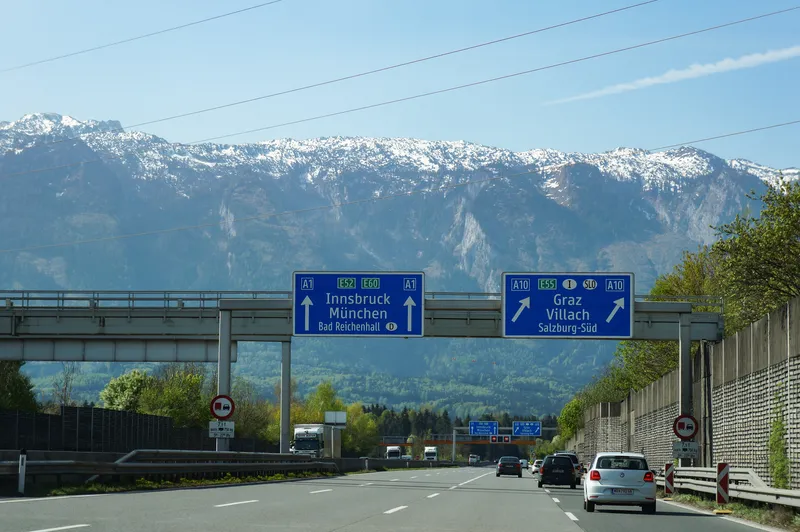Austria’s highway and expressway operator ASFINAG (Autobahnen-und-Schnellstrassen-Finanzierungs-Aktiengesellschaft) has awarded Kapsch TrafficCom the contract to implement and operate the GO Maut 2.0 Mauttechnik toll collection system (national toll collection system for vehicles over 3.5 metric tons).
The contract comprises modernising roadside infrastructure at around 500 locations and upgrading the control centre up to the latest technological standards.
Instead of two gantries, future roadside tol
November 30, 2016
Read time: 1 min
Austria’s highway and expressway operator 750 ASFINAG (Autobahnen-und-Schnellstrassen-Finanzierungs-Aktiengesellschaft) has awarded 4984 Kapsch TrafficCom the contract to implement and operate the GO Maut 2.0 Mauttechnik toll collection system (national toll collection system for vehicles over 3.5 metric tons).
The contract comprises modernising roadside infrastructure at around 500 locations and upgrading the control centre up to the latest technological standards.
Instead of two gantries, future roadside toll enforcement will only require a single enforcement gantry, which will carry the radio beacons and cameras for number plate recognition as well as an optical vehicle classification system designed for use in a national toll collection system for the first time. The system uses high-resolution video cameras and stereo video imaging processing technologies to determine the vehicle class and number of axes on each vehicle subject to tolls.
Work is due to begin immediately and once completed, technical operation of the system will run for a period of ten years, with the option of five one-year extensions.
The contract comprises modernising roadside infrastructure at around 500 locations and upgrading the control centre up to the latest technological standards.
Instead of two gantries, future roadside toll enforcement will only require a single enforcement gantry, which will carry the radio beacons and cameras for number plate recognition as well as an optical vehicle classification system designed for use in a national toll collection system for the first time. The system uses high-resolution video cameras and stereo video imaging processing technologies to determine the vehicle class and number of axes on each vehicle subject to tolls.
Work is due to begin immediately and once completed, technical operation of the system will run for a period of ten years, with the option of five one-year extensions.










